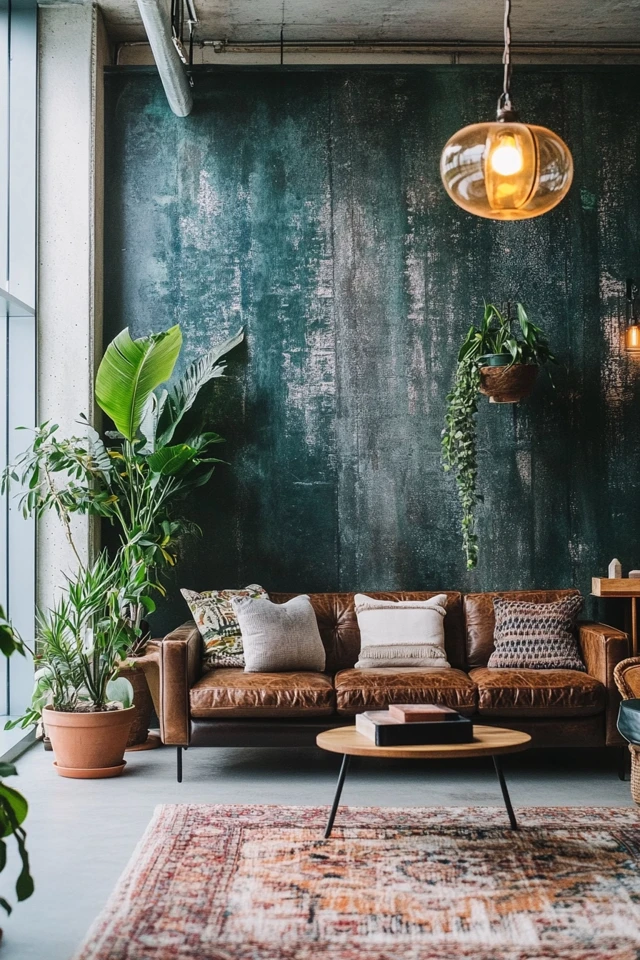Creating a beautifully curated home doesn’t have to mean splurging on every item. In fact, the magic often lies in finding the perfect balance between high-end investment pieces and budget-friendly finds. This combination not only saves you money but also gives your space character, making it look effortlessly stylish and unique.
I still remember the first time I blended a high-end, designer coffee table with thrifted vintage chairs in my living room. The result was stunning—like something straight out of a magazine. And you know what? Those $20 flea market chairs became everyone’s favorite. Since then, I’ve embraced mixing splurge-worthy items with budget buys, and I’m here to help you master the art of high-low decorating, too.
Why Mixing High-End and Low-Cost Works
- Cost-Effective: Save money by focusing your budget on key pieces while economizing on others.
- Adds Personality: A mix of styles and price points creates a space that feels authentic and lived-in.
- Achieves Balance: Pairing luxe items with casual finds makes your home approachable and inviting.
- Offers Flexibility: Allows you to refresh your space without breaking the bank.
1. Invest in Statement Pieces
Why It’s Key:
High-end statement pieces, like a designer sofa or a stunning chandelier, become the anchors of your space. These are the items that set the tone for the room and elevate its overall look.
How to Do It:
- Choose timeless furniture pieces, such as a quality dining table or an iconic chair design, that will last for years.
- Splurge on lighting—pendant lights or chandeliers can become stunning focal points.
- Opt for a high-end rug to tie the room together.
Pro Tip: Look for sales or clearance events to snag your dream statement piece at a discount.
2. Save on Accessories and Smaller Decor
Why It’s Smart:
Smaller decor items are often trendy or interchangeable, making them ideal for budget-friendly purchases.
How to Do It:
- Shop at thrift stores or budget retailers for throw pillows, vases, or picture frames.
- DIY wall art or create a gallery wall using inexpensive prints.
- Use simple, affordable greenery like faux plants or fresh flowers to add life to the space.
Pro Tip: Stick to neutral or classic designs for accessories, so they complement your high-end pieces seamlessly.
3. Mix Materials and Textures
Why It Elevates the Look:
Combining different materials adds depth and interest, making it hard to tell which pieces are high-end and which are budget-friendly.
How to Do It:
- Pair a luxe velvet sofa with a rattan coffee table or a reclaimed wood sideboard.
- Use a marble tray on a budget-friendly metal console table for contrast.
- Layer textures, like linen curtains with a wool throw or a jute rug.
Pro Tip: Aim for balance—if one piece is shiny and polished, add contrasting matte or natural textures for a well-rounded look.
4. Opt for Vintage and Secondhand Finds
Why It’s Genius:
Vintage pieces often have unique details and craftsmanship that rival expensive designs but at a fraction of the cost.
How to Do It:
- Search for vintage dressers, chairs, or mirrors at thrift stores, estate sales, or online marketplaces.
- Mix a modern sofa with a vintage coffee table or lamp for character.
- Repurpose old furniture with a fresh coat of paint or updated hardware.
Pro Tip: Don’t be afraid to negotiate prices at flea markets or secondhand shops—you might score an even better deal.
5. Keep Colors and Styles Cohesive
Why It Makes a Difference:
Consistency in color and style ties the room together, making your high-low mix feel intentional.
How to Do It:
- Stick to a neutral color palette or a consistent theme (e.g., Scandinavian, farmhouse, or mid-century modern).
- Use similar finishes, like brushed brass or black metal, across high-end and low-cost pieces.
- Create visual continuity with matching tones, such as warm woods or cool grays.
Pro Tip: Add pops of color with affordable items like throw blankets or artwork, which can be easily swapped out.
6. Use High-End Pieces Strategically
Why It’s Effective:
Placing high-end items in prominent areas ensures they make the biggest impact.
How to Do It:
- Put a designer coffee table or armchair in the center of the room where it grabs attention.
- Position a luxurious bedframe or headboard as the focal point in the bedroom.
- Highlight statement lighting, such as a pendant light above the dining table.
Pro Tip: Avoid crowding high-end items with too many smaller, cheaper pieces—let them shine!
7. Layer with Affordable Textiles
Why It Works:
Textiles like throw blankets, rugs, and curtains are easy to swap out and can elevate the overall look without a big investment.
How to Do It:
- Buy affordable linen or cotton curtains and hang them floor-to-ceiling to make them look more expensive.
- Layer a budget-friendly jute rug under a high-end area rug for added texture.
- Use colorful or textured throw blankets and pillows to accentuate luxe furniture.
Pro Tip: Focus on quality over quantity—fewer, well-made textiles often look more polished.
8. Mix High-End and Budget Lighting
Why It’s Transformative:
Lighting sets the mood and can make even inexpensive furniture look more upscale.
How to Do It:
- Combine a high-end chandelier or pendant light with budget-friendly table lamps or sconces.
- Use dimmers and warm LED bulbs to create a cozy ambiance.
- Add string lights or fairy lights for a soft, magical glow.
Pro Tip: Swap out the standard shades on budget lamps for custom or designer-inspired options to elevate their look.
9. Focus on Craftsmanship and Details
Why It Matters:
Well-crafted pieces, whether high-end or low-cost, elevate the overall design of a space.
How to Do It:
- Look for solid wood, sturdy metals, and quality upholstery, even in budget items.
- Avoid items with visible flaws, cheap finishes, or flimsy construction.
- Add thoughtful details, like antique hardware on drawers or a hand-knotted throw over the sofa.
Pro Tip: If you find a great deal on a budget piece, consider upgrading it with high-quality paint or stain.
10. Let the Space Evolve
Why It’s Essential:
A beautifully curated room takes time to come together. By gradually adding high-end pieces and swapping out lower-cost ones, your space will grow with you.
How to Do It:
- Start with budget-friendly basics and add investment pieces as your budget allows.
- Rearrange furniture and decor periodically to refresh the space.
- Mix and match items from different price points until you achieve the perfect balance.
Pro Tip: Be patient and enjoy the process—some of the best finds happen when you least expect them!
Picture Gallery
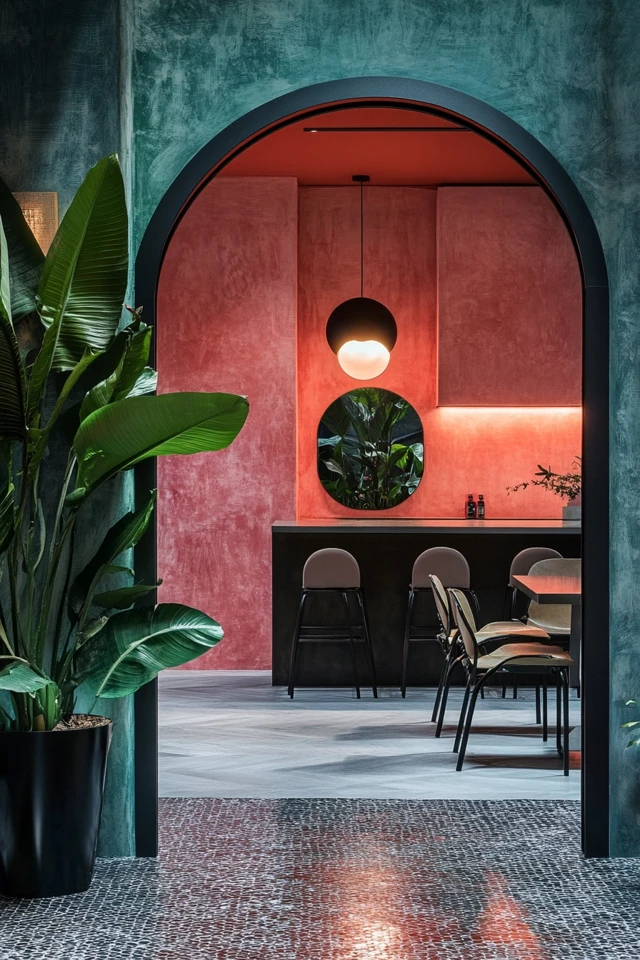
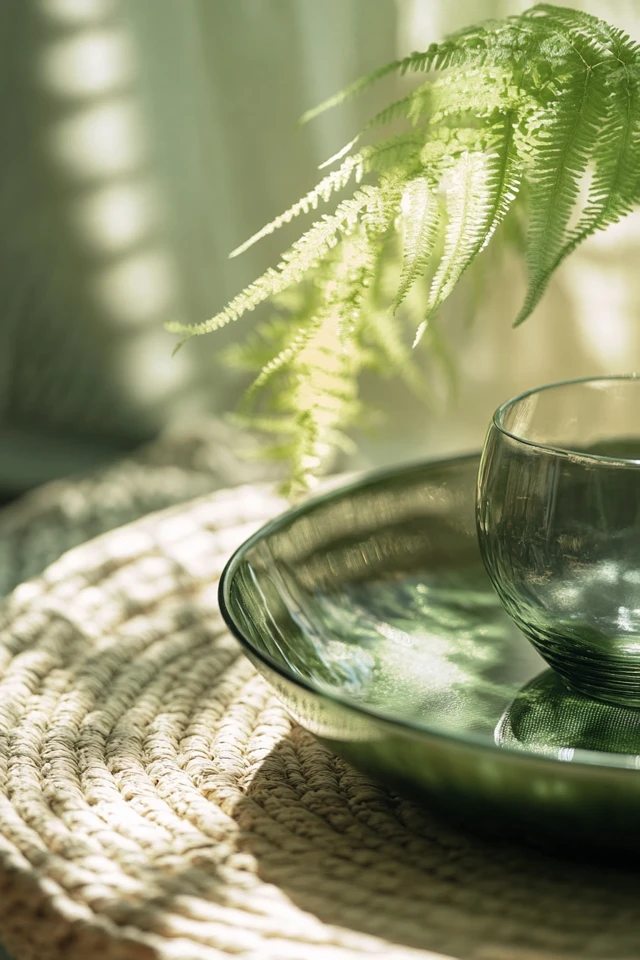
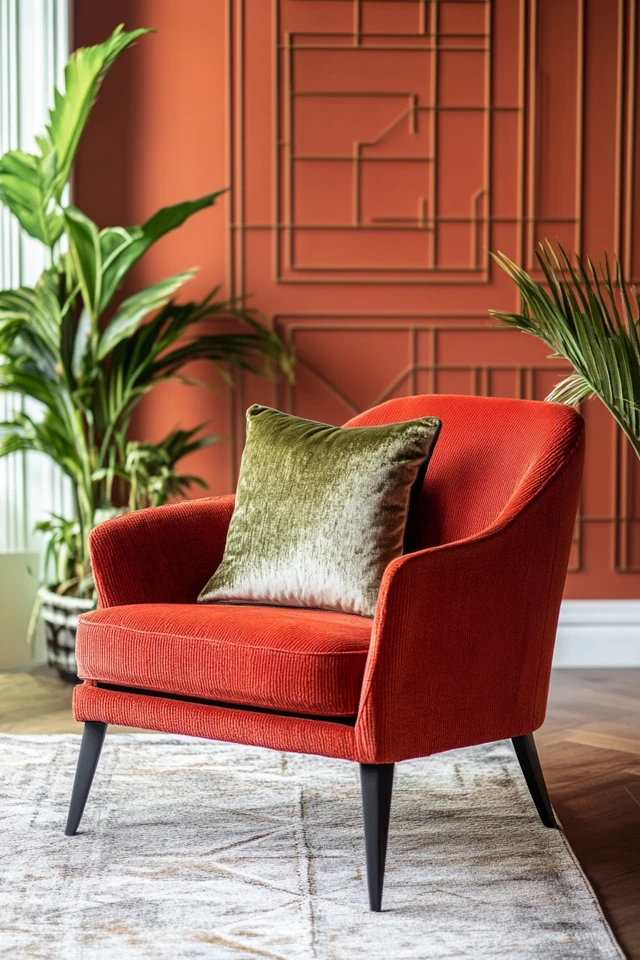
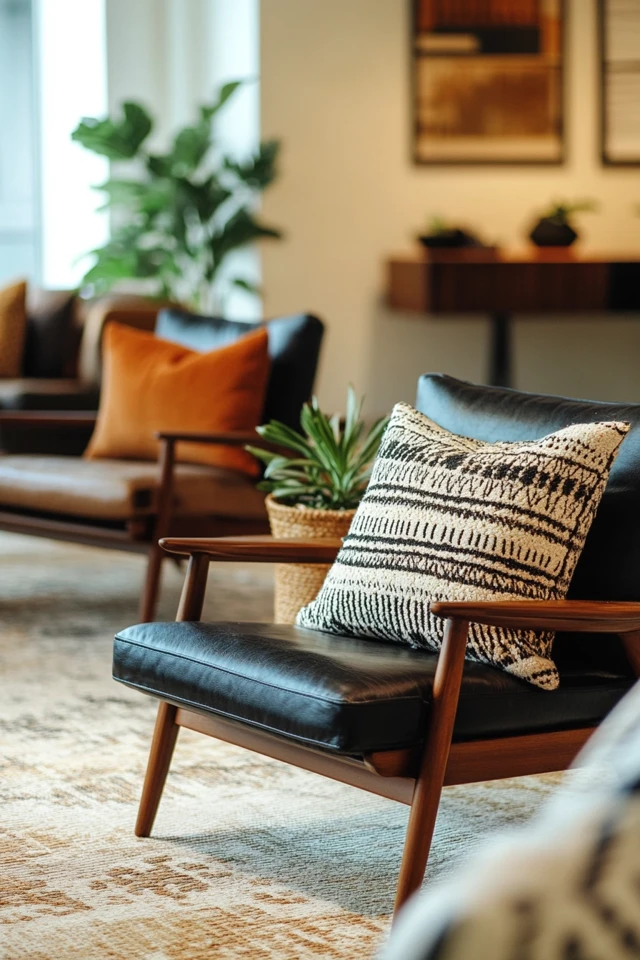
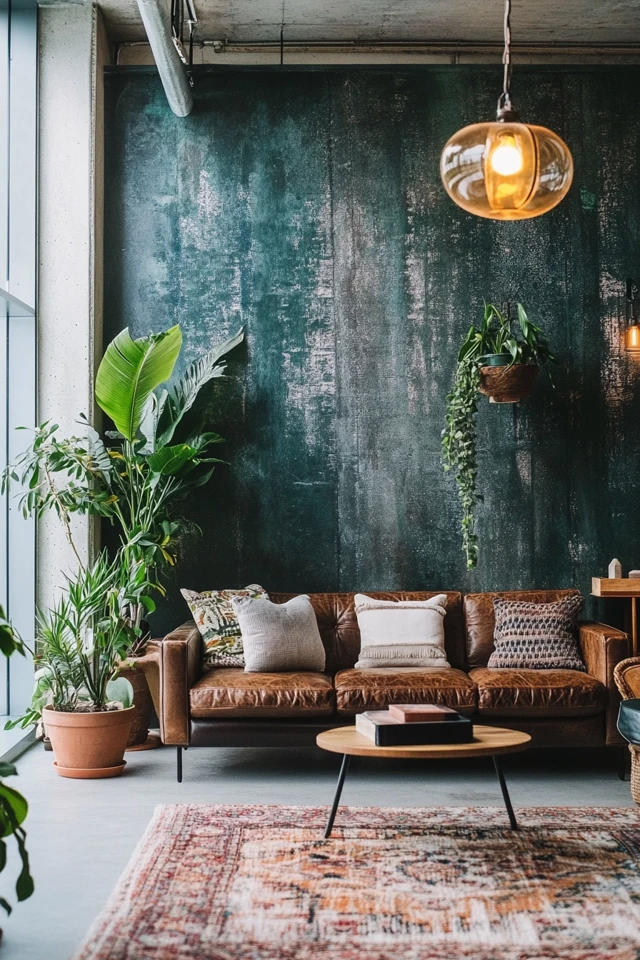
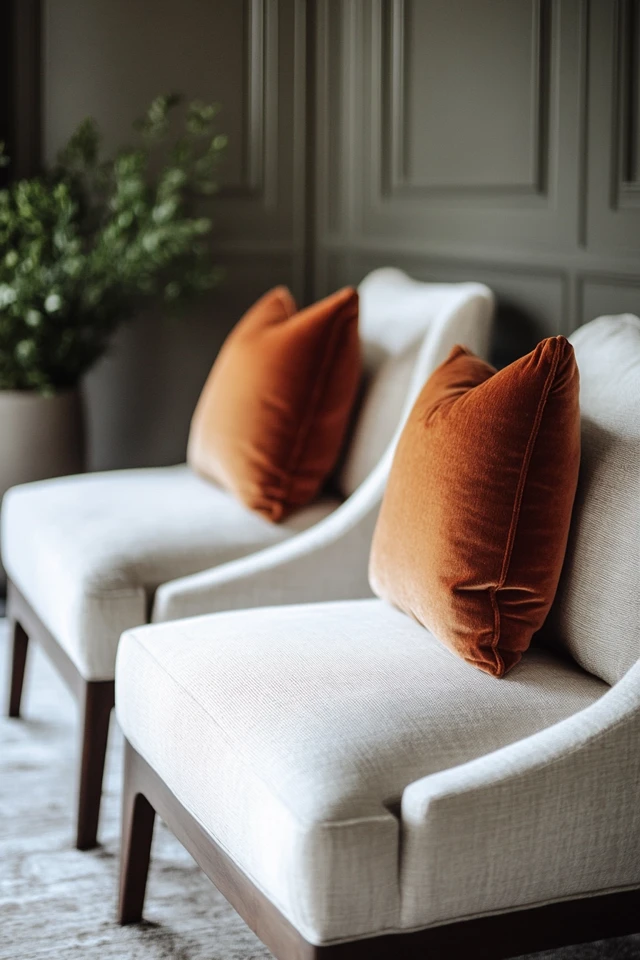
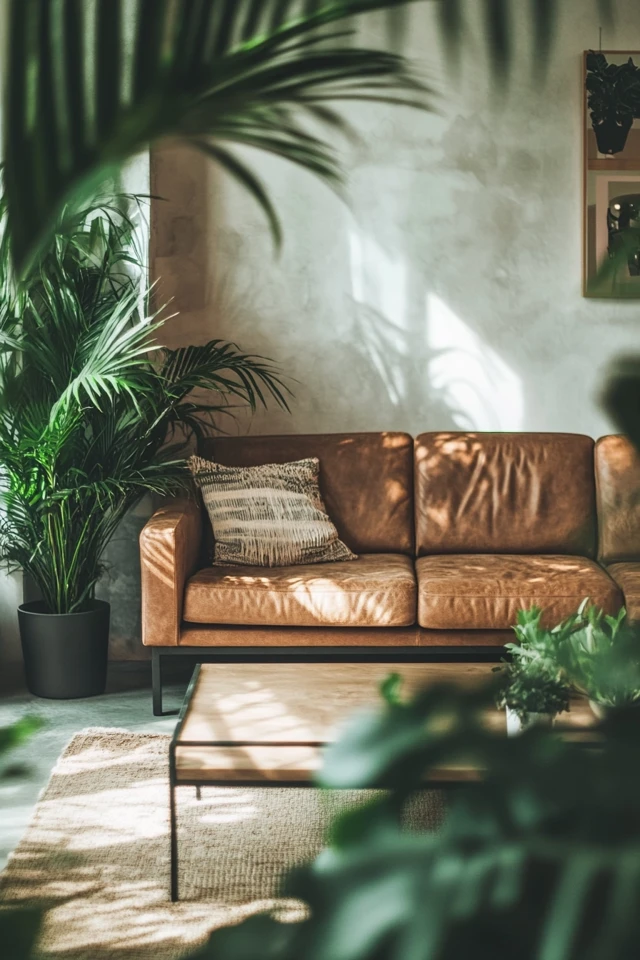
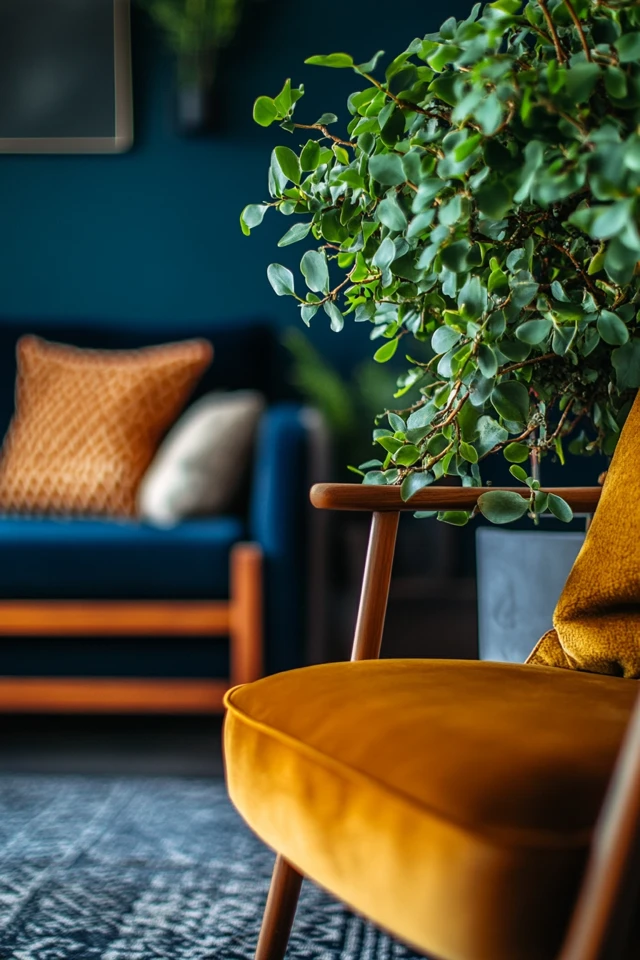
Conclusion
Mixing high-end and low-cost pieces seamlessly is all about balance, intention, and a keen eye for detail. By investing in a few standout items and filling in the gaps with budget-friendly finds, you can create a home that feels luxurious, personal, and approachable.
Remember, great design isn’t about the price tag—it’s about how everything comes together. Whether it’s a flea market score or a designer masterpiece, every piece in your home should tell a story. So don’t be afraid to experiment and make your space truly your own.
FAQs
1. What should I prioritize spending money on?
Invest in items that will get daily use and define the room, like sofas, beds, and lighting.
2. How can I make budget items look more expensive?
Use high-quality finishes, layer textures, and pair them with upscale pieces to elevate their appearance.
3. Can I mix different styles when combining high and low pieces?
Yes! Just ensure there’s a unifying element, like color or material, to tie everything together.
4. How do I find affordable high-end furniture?
Shop during sales, explore outlet stores, and check online marketplaces for gently used pieces.
5. What’s a good ratio of high-end to budget pieces?
There’s no fixed rule, but aim for about 30% high-end pieces to anchor the space and 70% budget finds to fill it out.

